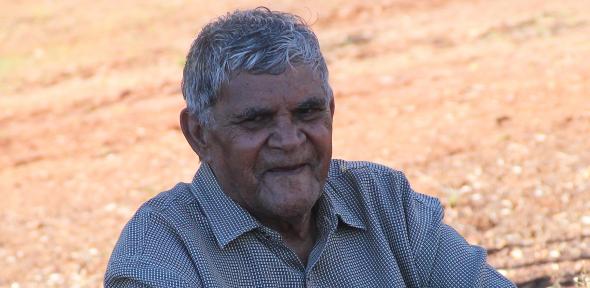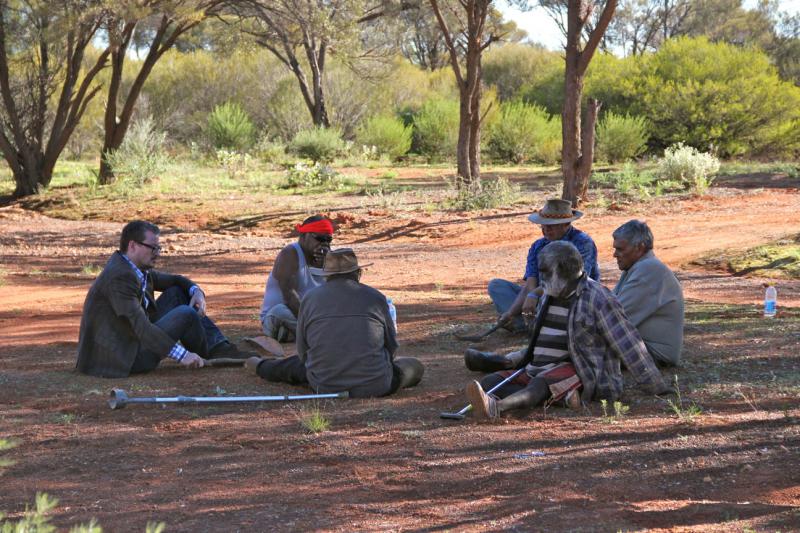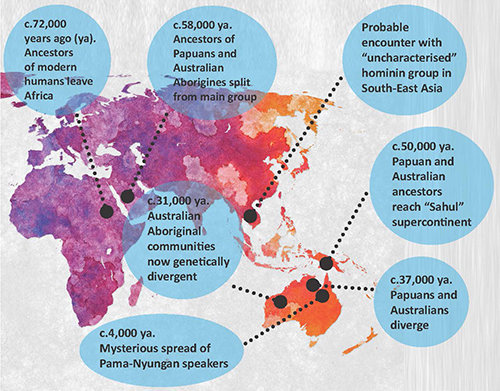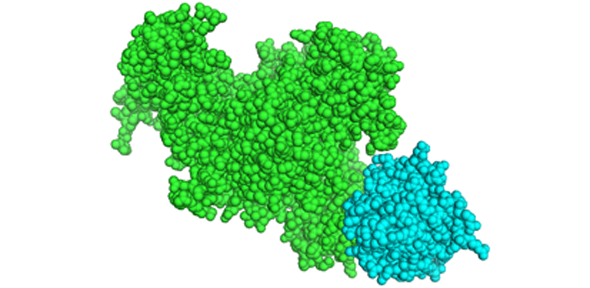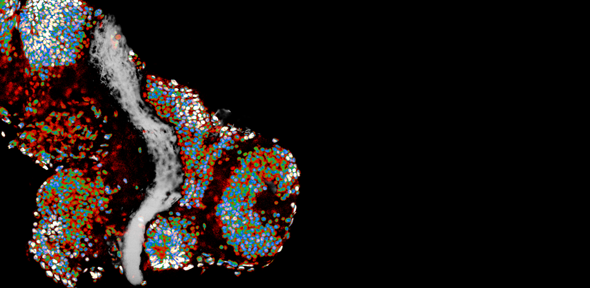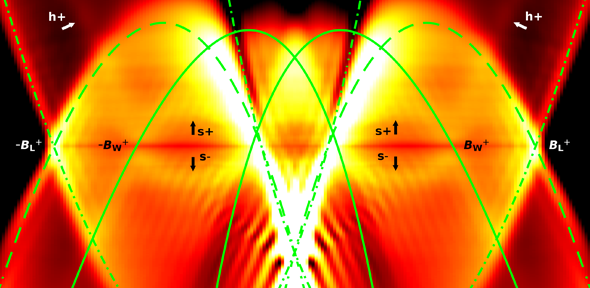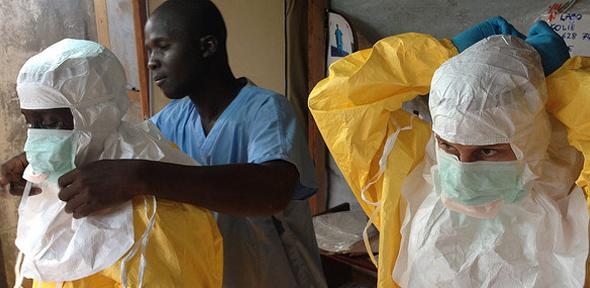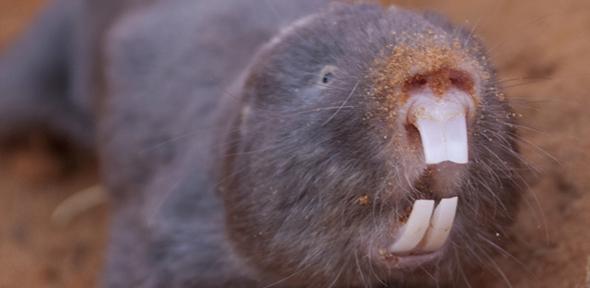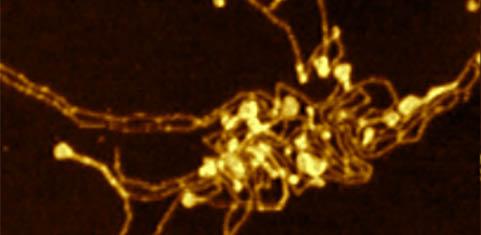Solving Cambridge congestion
Ben Comber
source: http://www.cambridgeindependent.co.uk/
What’s the solution to Cambridge’s biggest challenge?
“City Deal spokesman”
The City Deal is investing in a transport network that can support growth now but one that doesn’t rule out new or larger innovations in the future.
Transport through the historic centre is one of the tallest hurdles facing our rapidly developing city.
A number of experts are agreed that going underground is the most viable solution to tackle congestion in the long-term.
But debate has begun over whether a light rail service or underground buses are realistic options.
The push for an underground service has been spearheaded by Cambridge Connect, a campaign group which this month held a meeting with industry specialists.
Cambridge Connect has determined that an underground with a city-wide light rail network including three line extensions would cost around £1.3 billion.
The Greater Cambridge City Deal, which aims to use £1bn of investment to drive future prosperity, has been unable to commit to the idea so far due to inadequate funds and funding intervals, and is focusing efforts on extending the bus network. But those in charge of the City Deal told the Cambridge Independent this week that they have not ruled out bolder options in future.
Light Rail Network
Estimated to cost £1.3 billion
Trams have an average occupancy of 35%
The docklands light railway has an average occupancy of 110%
The Isaac Newton Line has three proposed extensions with 36 stops
A spokesman for the City Deal said: “The options currently being considered as part of the City Deal programme are realistic for an area such as this and meet the need to connect not just the different parts of the city, but also the market towns, villages and new and growing settlements all around it. The City Deal is investing in a transport network that can support growth now but one that doesn’t rule out new or larger innovations in the future.”
City Deal is proposing a second busway from Cambourne to Cambridge at the cost of £141 million. The scheme aims to provide the infrastructure needed to support the city’s growth up to 2031.
By 2031 there could be need of up to 300 buses per hour in the city centre, whereas now there are 125 at peak times.
Ian Sandison, Chairman, Cambridge BID said: “Congestion is clearly a problem which negatively impacts city users. Businesses recognise that radical action is needed to address congestion and the employer lunchtime briefings, which are available to all organisations from now until the 10th October, are an opportunity for them to help shape the parameters of the City Deal strategy. We strongly urge all local businesses to consider how this important issue impacts them, and add their voice to the conversation.
“Cambridge BID supports any measures which contribute to reducing congestion. However, for the City Deal proposals to work, a flexible public transport system – which is affordable, reliable and widespread – must also be put in place. The economic climate remains challenging and we must avoid any measures which could further discourage visitors to ensure that the city centre does not become a sleepy historic core.
“We hope that the eight point package will result in a less congested city and look forward to our continued engagement with the City Deal board.”
 Cambridge Connect Isaac Newton Line concept
Cambridge Connect Isaac Newton Line conceptCambridge Connect believes an underground solution is the only way to provide effective inner city public transport.
If there’s a better way to spend money coming to the region through the City Deal, Cambridge Connect says it would be to fund a £100,000 consultation proving that there really is light at the end of the tunnel.
Dr Colin Harris is the man behind Cambridge Connect and its proposal for what is being called the ‘Isaac Newton line’. He has run his environmental consultancy, Environmental Research & Assessment, in Cambridge for almost 20 years. He completed his PhD at the University of Cambridge Scott Polar Research Institute, and now works on projects across the world, including Antarctica, Africa and Asia, using computer-based Geographic Information Systems (GIS) to solve complex environmental problems.
Last year he turned his expertise towards addressing the impending infrastructure problems facing Cambridge.
Dr Harris said: “I did look carefully at overground solutions in the inner city because I was aware that tunnelling was going to be seen as somewhat ‘out-there’ and many would say this is too expensive and just pie in the sky, it’s never going to happen. But the more I looked at it the more I became convinced that actually, to achieve the end goal and to protect the environment and the heritage of Cambridge, you cannot do it without a tunnel.”
Dr Harris used the same GIS tool he uses in his professional work for mapping the Cambridge Light Rail Network and Isaac Newton Line.
“Dr Colin Harris, Cambridge Connect”
By going underground, and by taking people to where they want to be with stops in the right places, you service people’s needs in the right way. It’s going to improve the inner city space, not detract from it.
He said: “Using the computer we can calculate things like distance and time between stops. Using that we can calculate how much of the city would be accessible to the light rail network. With this configuration, 91 per cent of the city would be within an 18-minute walk or a seven-and-a-half-minute cycle ride of any stop. Which, if you think about that, it changes the way people would move about the city. It does transform things.
“We wanted the backing of UK Tram behind us to show that this is a serious initiative that has credible backing from the industry.”
So does the project have that support?
James Hammett, general manager of UK Tram, met with Cambridge Connect this month. He said: “Yes, it has our support. It looks like a feasible project, so we’re prepared to give our support for lobbying and bringing in our knowledge and technical expertise.”
Mr Hammett also stated his confidence that the Isaac Newton Line would be able to find funding.
Several interested parties met with Cambridge Connect and UK Tram to discuss the viability of a light rail network for the city. One attendee was Alex Reid, who played an integral role in the guided busway’s introduction. He thinks taking it underground should be seriously considered.
The Isaac Newton Line Journey times examples with average speed 30 kph
Cambridge Central Rail Station to Girton Interchange – 14 min
Cambridge Central Rail Station to Market Square – 3.6 min
Cambridge Central Rail Station to Science Park (Milton Rd) – 12.2 min
Cambridge Central Rail Station to Capital Park (Fulbourn) – 11.9 min
Cambridge Central Rail Station to Addenbrookes – 5.7 min
Cambridge Central Rail Station to Cavendish Lab – 7.2 min
Addenbrookes to Cavendish Lab – 12.9 min
Mr Reid, the former director general at the Royal Institute of British Architects in London was a Liberal Democrat councillor for Cambridgeshire County Council, and their spokesman for transport when the busway from St Ives to Cambridge was being established.
While Mr Reid supports Cambridge Connect’s plans for the Isaac Newton Line, he sees a possibility for an underground tunnel for electric buses.
He said: “I have long felt that a tunnel of some kind under the centre of Cambridge is considerable.
“One’s got to think ahead. I know the City Deal money has to be spent quite quickly but I think to say we’re spending a bit of it to see what we should do in five years’ time is absolutely legitimate.”
Road infrastructure costs about one fifth of light rail. However, national statistics show that bus use outside of London has decreased by 1.8 per cent over the past year, while light rail has experienced a relatively sharp rise in passenger journeys in England outside London, with an 11 per cent increase over the same time period.
Last week a transport expert said that Cambridge’s bus networks can be revitalised, but reliability has to be the primary concern that’s addressed.
 Looking around Cambridge before the Seminar at the Guildhall are left tor right Andy Campell, Professor David Begg and Councillor Lewis Herbert. Picture: Keith Heppell
Looking around Cambridge before the Seminar at the Guildhall are left tor right Andy Campell, Professor David Begg and Councillor Lewis Herbert. Picture: Keith HeppellProfessor David Begg, former chairman of the Government’s commission for integrated transport, met with City Deal and bus service operators to discuss plans to significantly improve bus travel in and around Cambridge.
Prof Begg said: “Doing nothing is not an option.
“Traffic congestion is proven to be bad for the economy, the environment and people’s health. In bumper-to-bumper conditions like those seen in peak times in Cambridge, tailpipe emissions are four times higher than at other times of the day. This reduces life expectancy and makes Cambridge a less attractive place to live.
“Buses offer the most efficient use of road space and can move 20 times more people than cars, which have an average occupancy rate of just 1.2. It’s plain common sense to prioritise the use of buses.”
Prof Begg backed the use of Peak Congestion Control Points that would prevent cars from using key routes at rush hours. The City Deal is proposing to introduce them next year. He said that they had been effective in encouraging more people to cycle after being introduced in Nottingham.
He said: “Local authorities need to be making bold and brave decisions on traffic congestion, and be prepared to stand by them.”
Prof Begg also held a seminar to discuss the finding of his study, The Impact of Congestion on Bus Passengers, as part of the City Deal’s eight-point plan to improve transport in the city.
Prof Begg explained: “Bus services across the UK are in a downward spiral, directly due to congestion. Slower speeds have led to higher operator costs, higher fares, increased journey times and a decline in punctuality and reliability.”
Cllr Lewis Herbert, chair of the City Deal’s executive board, said: “David’s views on the challenges for bus operators caused by congestion make a lot of sense and chime very well with what we are trying to achieve here in Cambridge.
“By freeing road space for much more reliable bus journeys, people will be encouraged to use them, which is a much more effective use of limited road space in a small medieval city like Cambridge than clogging its narrow streets with gridlocked traffic.”
Andy Campbell, managing director of Stagecoach East, the biggest bus operator in the region, said: “We do everything possible to keep services running to time – we know this really matters to our passengers -–but our hands are tied when the road is gridlocked. We schedule extra buses during peak periods but they make little difference if the traffic isn’t moving.”
How should Cambridge solve it’s congestion problem? Let us know your thoughts.
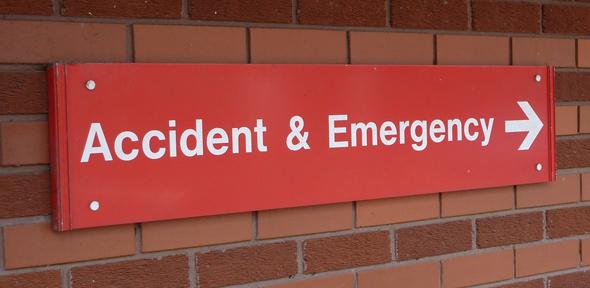

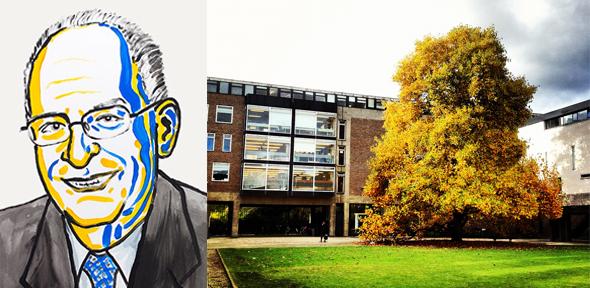

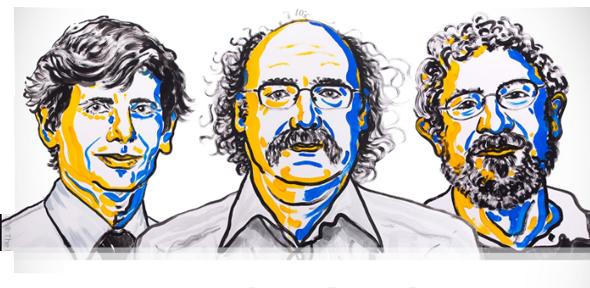






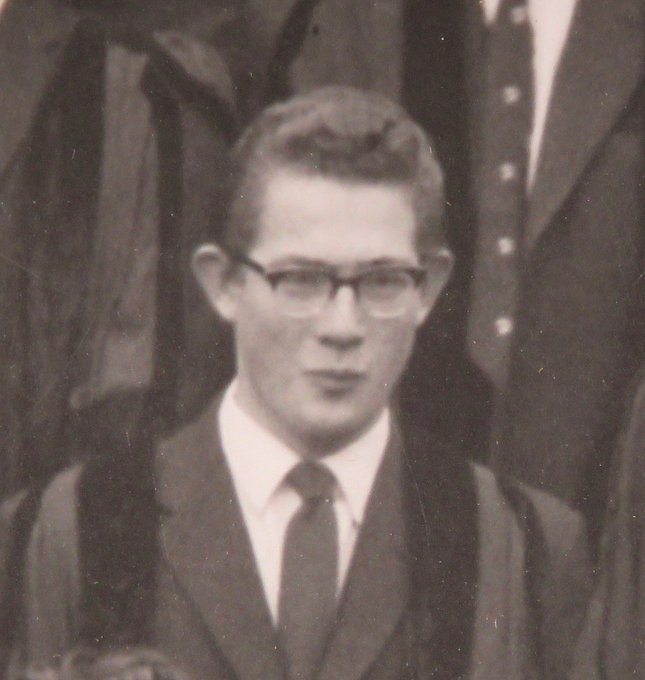
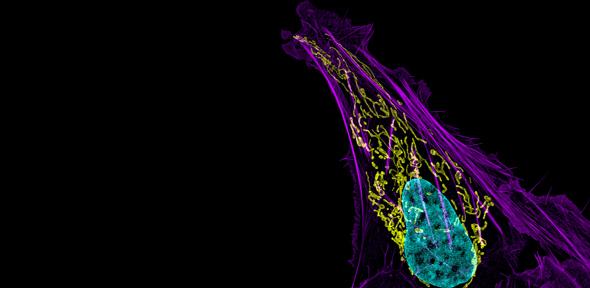
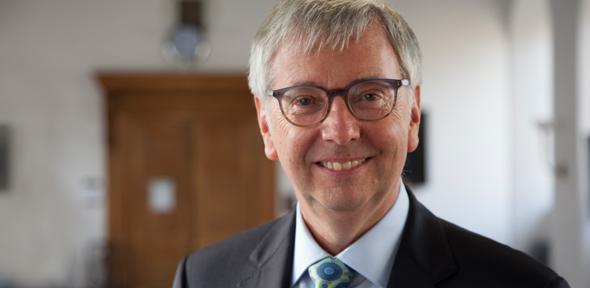

 Cambridge Connect Isaac Newton Line concept
Cambridge Connect Isaac Newton Line concept Looking around Cambridge before the Seminar at the Guildhall are left tor right Andy Campell, Professor David Begg and Councillor Lewis Herbert. Picture: Keith Heppell
Looking around Cambridge before the Seminar at the Guildhall are left tor right Andy Campell, Professor David Begg and Councillor Lewis Herbert. Picture: Keith Heppell